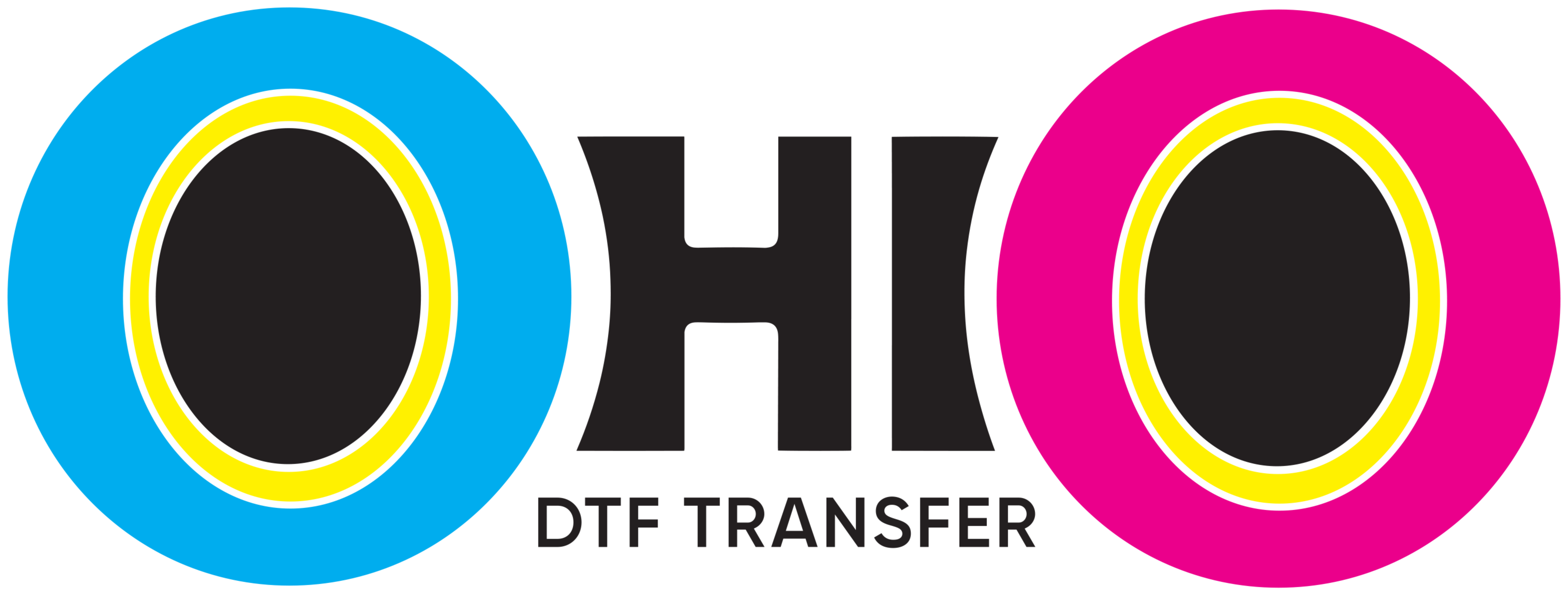What Is DTF Ink?
A Complete Guide to Direct to Film Printing Ink
DTF ink is a special type of pigment-based ink used in Direct to Film (DTF) printing. This ink allows for vibrant and long-lasting prints on various fabrics. However, not all DTF inks perform equally well. Understanding its properties and proper use is essential for quality results.
Why Is DTF Ink Different?
Differs from traditional textile inks. It bonds effectively with PET film and melts when heat is applied. This process ensures sharp colors and durable prints. Additionally, it removes the need for pretreatment on fabrics.
One important part of is white ink. It acts as a base layer, especially on dark fabrics, improving print visibility. However, poor-quality white ink can cause clogging in printer nozzles. Therefore, selecting reliable ink is critical.
Components of
Usually contains four main colors: cyan, magenta, yellow, and black (CMYK). Alongside these, white ink is essential for opacity. Also, binders in the ink improve adhesion and flexibility.
Unlike sublimation or eco-solvent inks, works on uncoated fabrics. However, proper curing is necessary to achieve durable results. Generally, a heat press set around 160°C is used for curing.
How DoesWork?
Is first printed onto a PET film. While the ink is still wet, adhesive powder is applied over it. Then, the film is cured using heat to set the ink and powder.
After curing, the film is pressed onto the fabric with heat and pressure. This transfers the design firmly to the fabric, producing a soft and durable print.
However, the ink must maintain the correct consistency throughout this process. Temperature and humidity can affect ink flow, so regular maintenance of printers is important.
Benefits of Using DTF Ink
One major benefit of is its versatility. It can print on cotton, polyester, blends, and more. Also, it requires no pretreatment of fabrics, which simplifies production.
Additionally, offers excellent color vibrancy. Prints show deep saturation and strong wash durability. The finished designs are also soft to the touch and flexible. However, these advantages may vary depending on the ink brand and quality.
Common Applications
Is widely used by fashion brands and custom apparel makers. It allows for high-resolution graphics and fast turnaround times. Small businesses particularly benefit from its cost-effective nature.
Moreover, DTF printing is suitable for logos, labels, full-color images, and intricate designs. However, the choice of film and adhesive powder can greatly impact final quality. Therefore, using compatible materials is key.
Common Problems and Solutions
Ink clogging is a common issue with However, regular printer flushing and cleaning reduce this risk. Also, shaking the white ink daily helps keep pigments separated and prevents blockages.
Another problem can be ink bleeding or smudging. This usually happens if too much powder is applied or curing temperature is incorrect. Therefore, applying powder evenly and following the recommended curing steps is crucial.
Best Practices for Using DTF Ink
Always store in a cool, dry place away from direct sunlight. Shake white ink daily before use to avoid sedimentation. Run nozzle checks frequently to ensure consistent print quality.
Also, use original manufacturer inks whenever possible for the best results. Third-party options may save money but can harm printers if not carefully chosen. However, some high-quality aftermarket inks are available and can be used safely.
Conclusion
Is the backbone of Direct to Film printing. It plays a crucial role in the durability and vibrancy of transferred designs. However, the overall quality depends on the ink, printer maintenance, and material compatibility.
Choosing the right following proper handling ensures high-quality prints and a successful printing business.

Check Out Our Other Products




